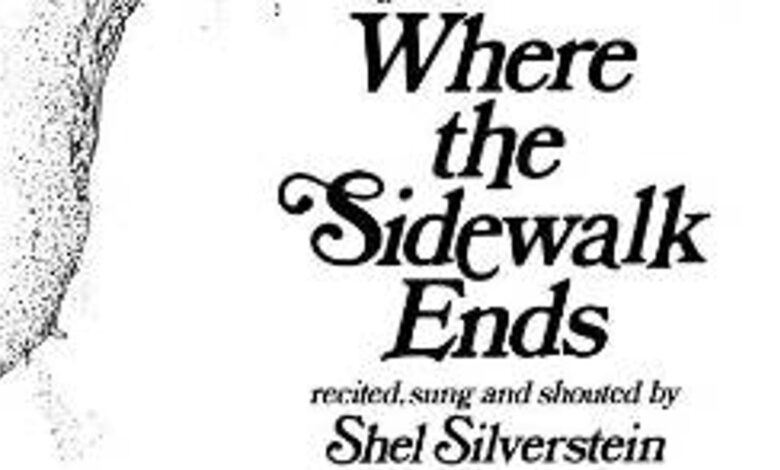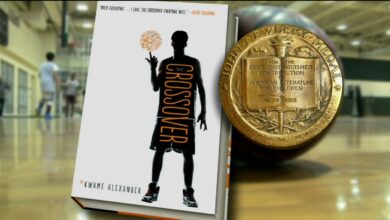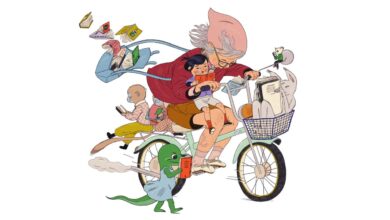Don’t forget the ‘play’ in wordplay

My guest today on Poetry from Daily Life is Kenn Nesbitt, who lives in Spokane, Washington. Kenn began writing professionally about computers in 1990, and penned his first children’s poem four years later after hearing a recording of Shel Silverstein reciting his poem “Sarah Cynthia Sylvia Stout Would Not Take the Garbage Out.” What started then as a hobby eventually became a career. Kenn is a voracious reader of fiction, non-fiction, science, history, biography, poetry and more. But he has a special love for science fiction thanks to his 8th grade English teacher, Mr. Pearson. Kenn says that his picture book, MORE BEARS!, is great for waking kids up and his anthology, ONE MINUTE TILL BEDTIME, is great for guiding them to sleep. A unique fact about him is that he met his wife at a youth hostel in Prague 30 years ago. “We were both from the Pacific Northwest, but met halfway around the world and spent our first year together traveling in Europe.” ~ David L. Harrison
The power of playful poetry
Poetry has long been celebrated as a profound art form, capable of evoking deep emotions and exploring complex themes. But when it comes to children’s poetry, there’s a special kind of magic that emerges through the clever use of “wordplay.” Wordplay encompasses many forms of linguistic acrobatics that not only entertain young minds but also serve as powerful tools for learning and development.
At its core, wordplay in children’s poetry is about having fun with language. It’s the art of twisting words, playing with sounds, and creating unexpected connections that tickle the ear and the imagination. From clever rhymes and complex puns to nonsense words and impossible ideas, wordplay adds a layer of enjoyment that can transform the act of reading or listening to poetry into a delightful game.
Consider the timeless appeal of nursery rhymes like “Hey Diddle Diddle” or “Hickory Dickory Dock.” These short verses captivate children not just through their whimsical narratives, but also through their rhythmic patterns and playful use of language. The nonsensical nature of Mother Goose rhymes encourages children to embrace the sheer joy of words, free from the constraints of literal meaning.
Moving beyond nursery rhymes, contemporary children’s poets have taken wordplay to new heights. Shel Silverstein, for instance, was a master of linguistic mischief. In poems like “Boa Constrictor,” he uses repetition and creative word choices to build a comical scenario: “Oh no, he swallowed my toe! Oh me, he’s up to my knee!” This kind of wordplay not only amuses but also helps children develop phonological awareness — a crucial skill for learning to read.
In my own poems, I often use wordplay, whether it be repeated sounds (“I bought a black banana, / and a broken baseball bat.”), invented words (“Today I decided to make up a word / like flonk, or scrandana, or hankly, or smurred.”) and even self-contradictory claims (“One warm, sunny day on a cold, snowy night, / the inky-black darkness was sunny and bright.”).
But wordplay in children’s poetry isn’t just about fun and games. It serves several important educational functions. It can help build a child’s vocabulary; increase their recognition of and ability to manipulate the sounds in spoken words; aid with memorization through rhythm and repetition; improve creativity and “thinking outside the box”; and even help with critical thinking and understanding of multiple meanings and nuance.
More: Poetry from Daily Life: Not all poems are art — embrace the ‘silly’ and ‘stupid’ ones
In our increasingly digital world, where communication is often reduced to abbreviations and emojis, the rich tapestry of language offered by wordplay-filled poetry is more valuable than ever. It reminds us of the inherent beauty and flexibility of words, and the joy that can be found in linguistic creativity.
So, the next time you encounter a bit of silly verse or a pun-filled poem, remember it’s not just idle wordplay. It’s a powerful tool for learning, a spark for imagination, and a celebration of the wonderful world of words. In the realm of children’s poetry, a little playfulness goes a long way in nurturing a lifelong love of language.
Former Children’s Poet Laureate Kenn Nesbitt is the author of more than 25 books for children. His poems have also appeared in hundreds of textbooks, anthologies, and magazines all over the world. His website, poetry4kids.com, is the most visited children’s poetry website on the Internet.
Source link



